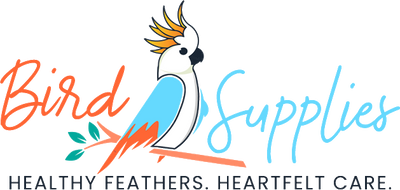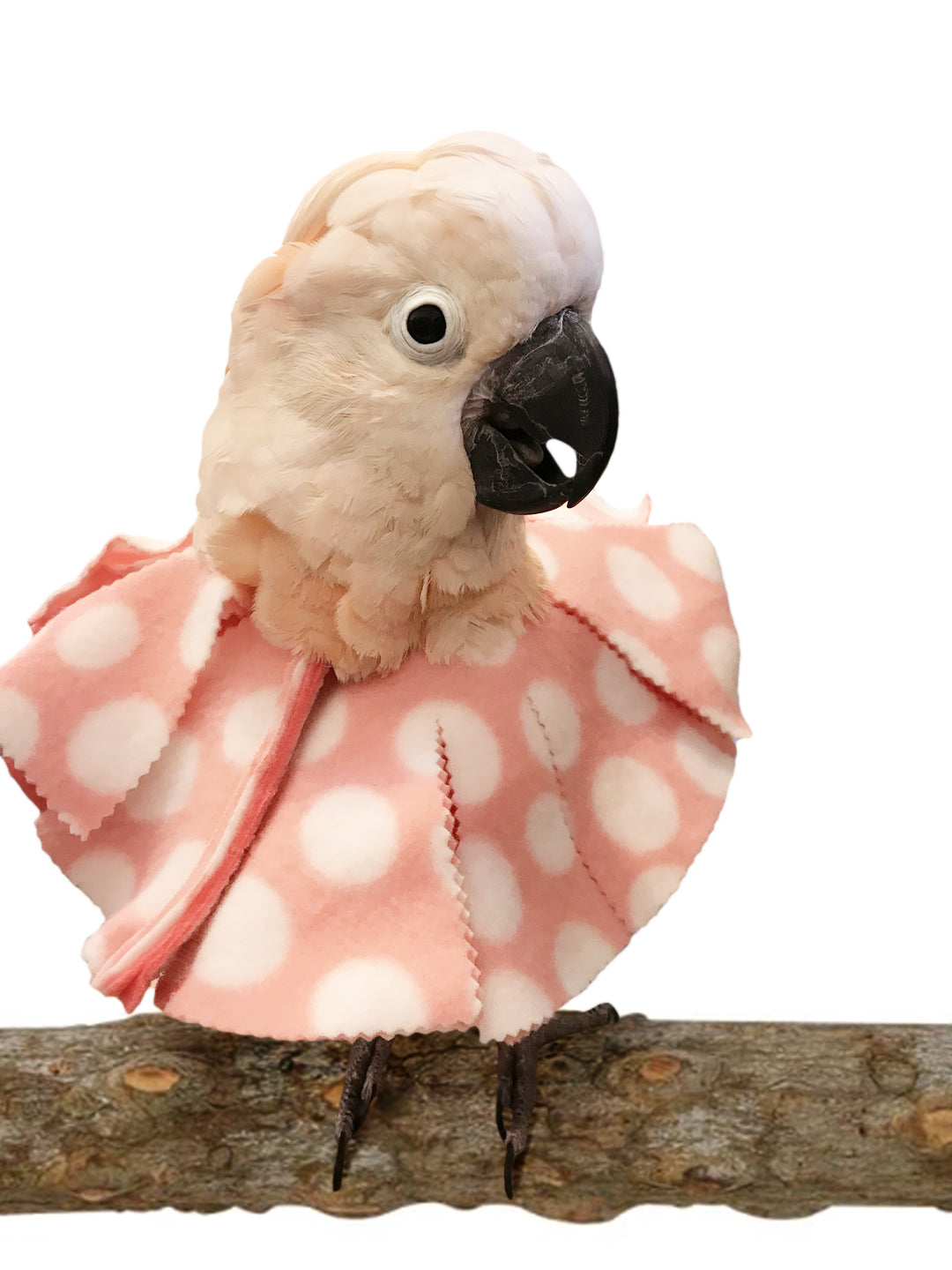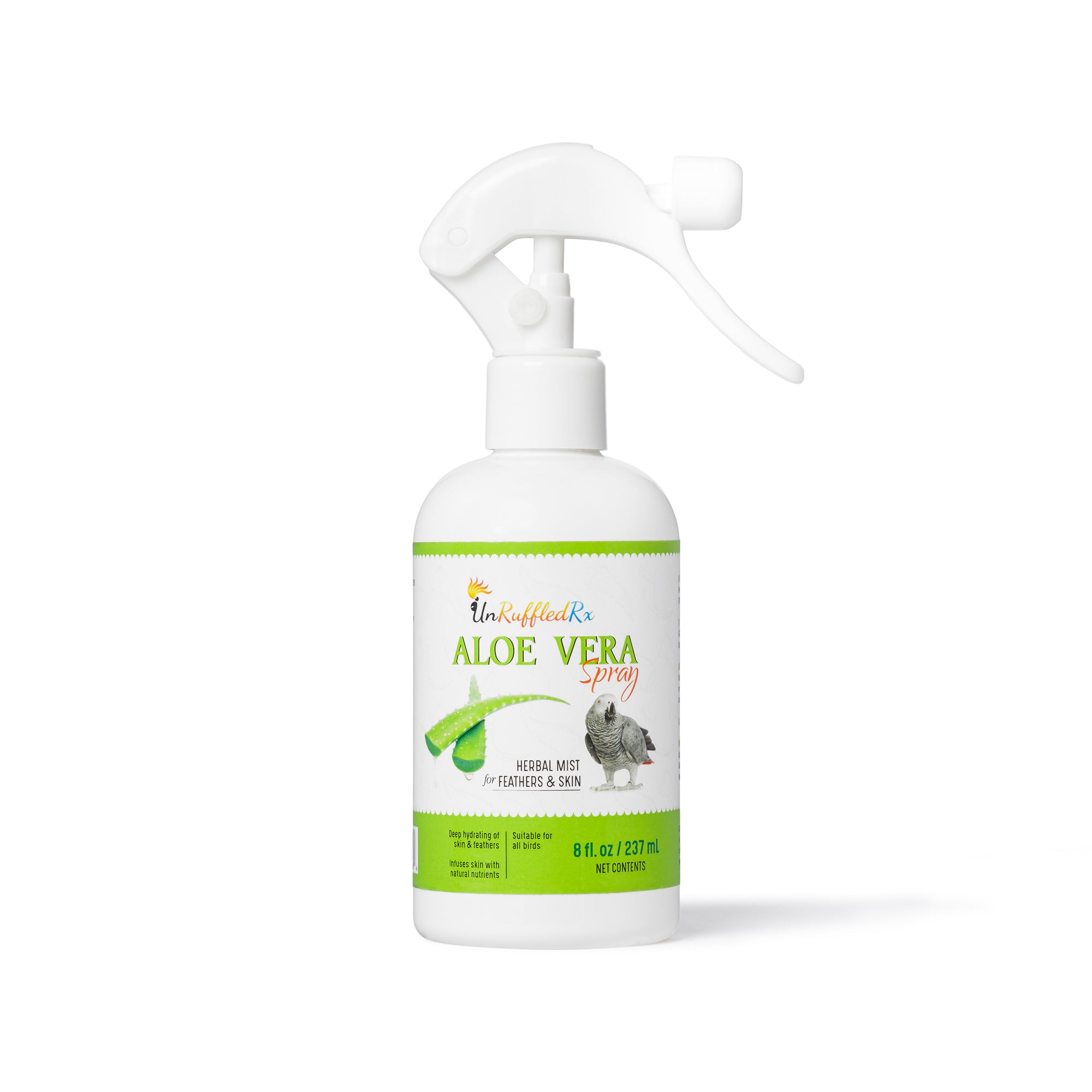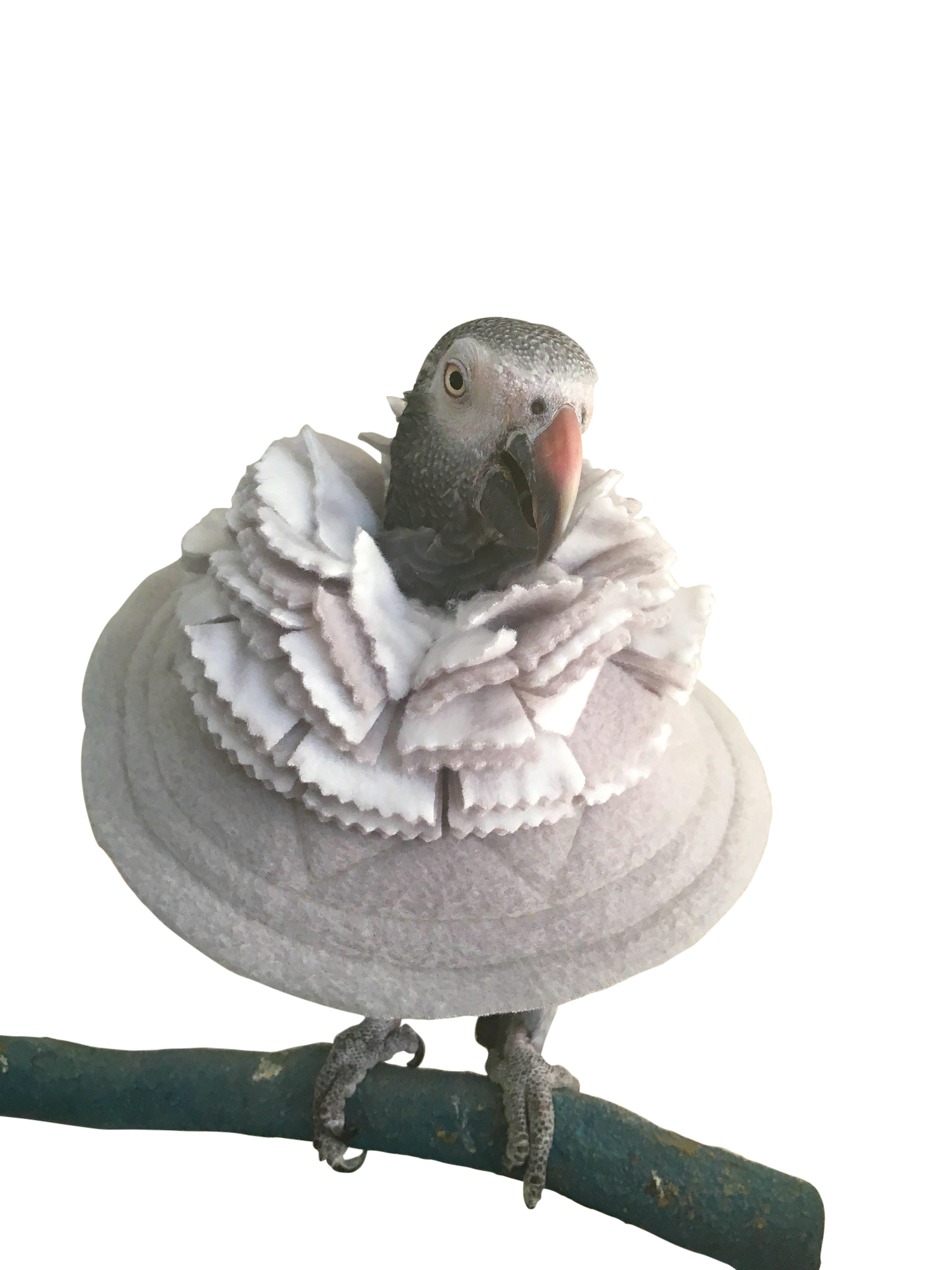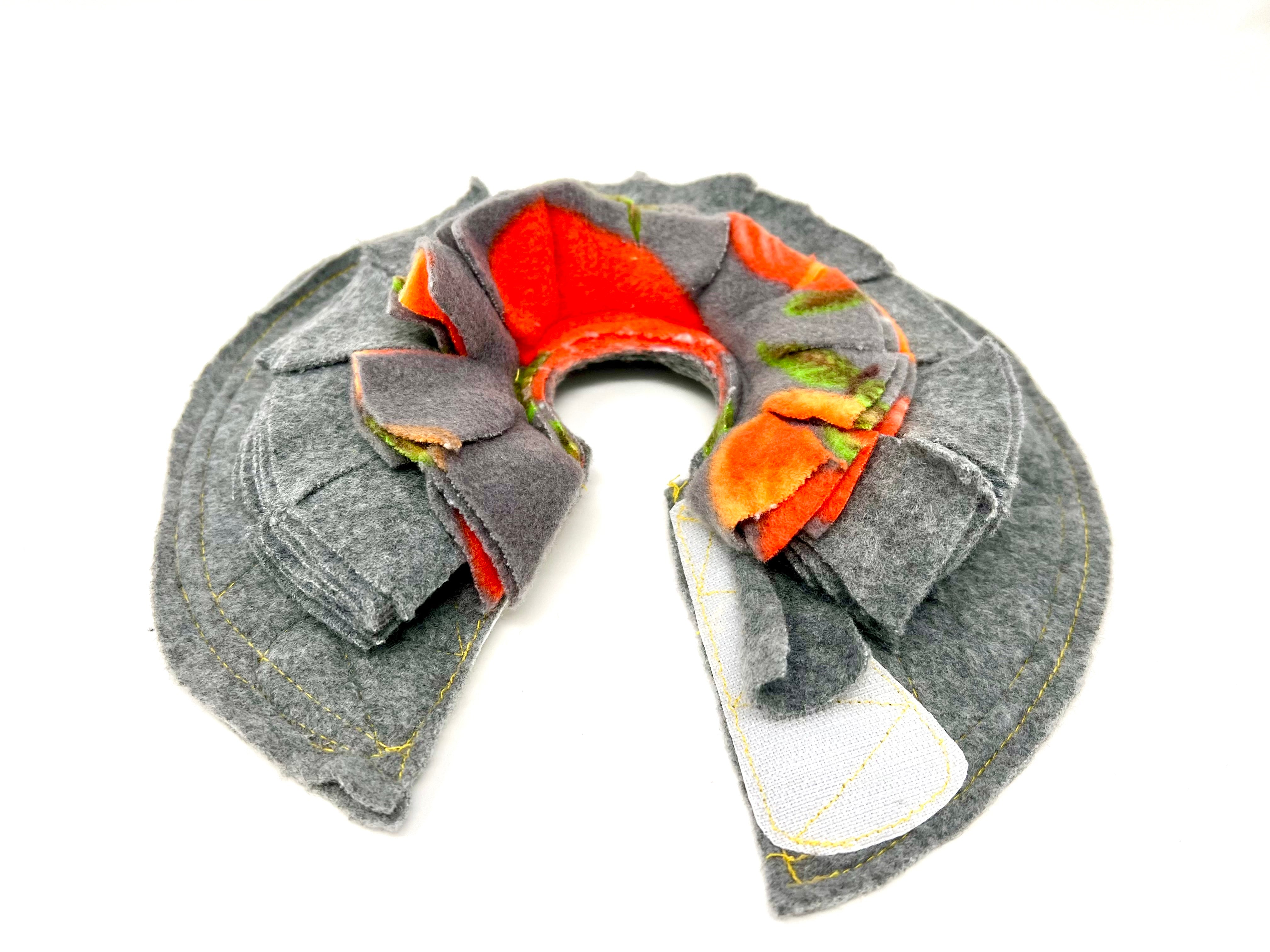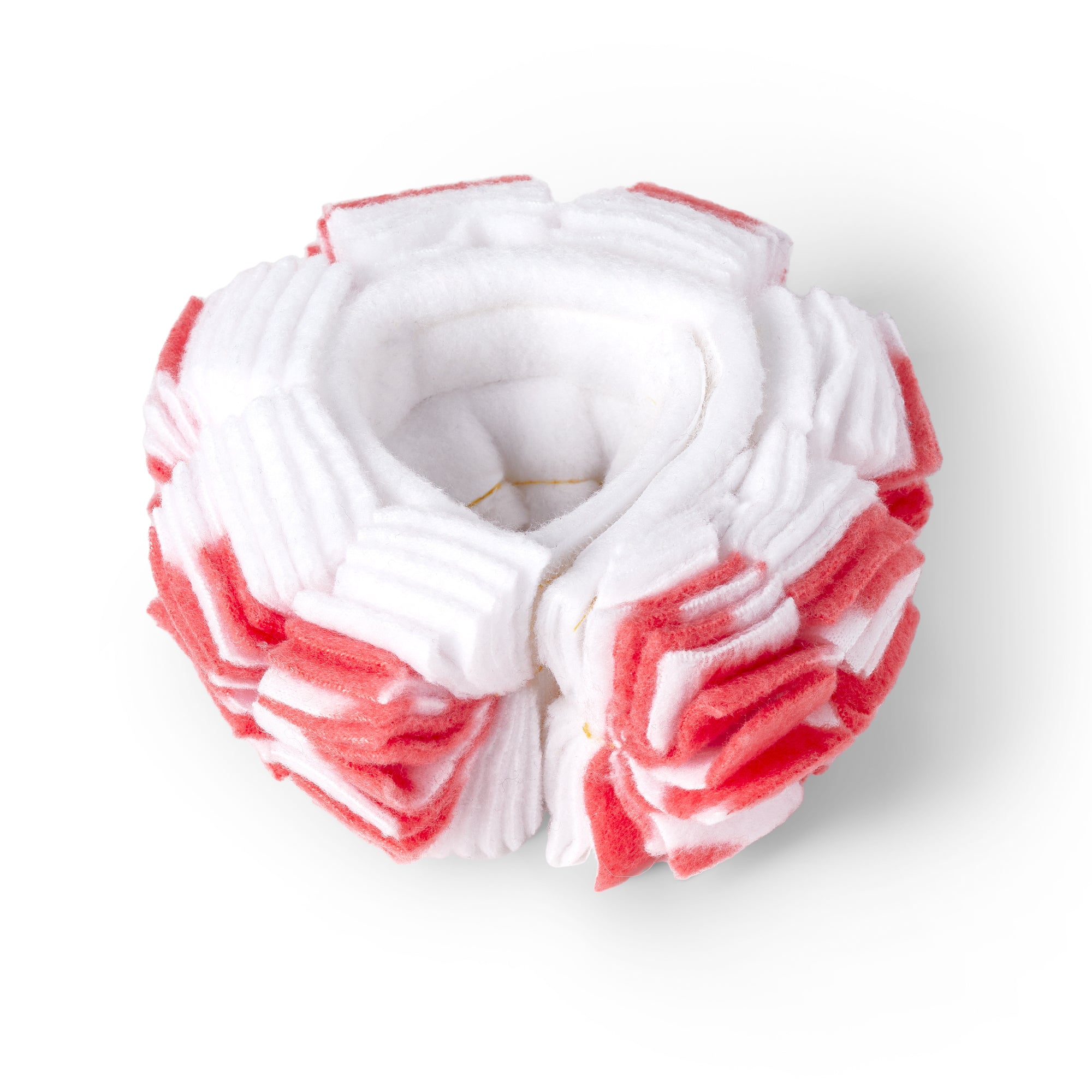Neighbor Kids Find Pet Bird
By Phil Samuelson, Bird Talk Magazine
Early one windy evening I heard a knock at my door and opened it to find a group of neighborhood kids. "You own parrots, right?" one of the children asked. With all of the piercing parrot noises coming out of my house on a regular basis, I'm sure everyone who lived nearby was aware of our birds. After giving an affirmative answer, the kids explained with excitement that they had found an escaped pet bird on their porch. "He's white and has a thing on his head!" one of the boys said. With visions of cockatoos in my head, I headed down the street with the kids to see the bird.
Upon our arrival, there he was--a pretty little pied cockatiel that looked absolutely terrified. I thanked the kids, picked up the bird and took it home. At home I examined him and saw that his wings had been clipped but had grown out to the point where he could fly. A few snips of the scissors corrected that situation.
The bird settled in quickly and was very tame. He had obviously been someone's valued pet, although no one responded to the flier I put up around the neighborhood. I ended up giving the cockatiel to my friend Melissa Kauffman, who later became the editor of Bird Talk Magazine. She named the bird Carlisle and wrote about him often in the pages of Bird Talk. Melissa owned Carlisle for many years, and he was a great pet. Melissa always swore that he was one of the best gifts she had ever received. She made it up to me a few years later by playing flute in my wedding.
Why You Should Trim a Bird's Wings
Don't make the same mistake as Carlisle's first owner. Spring is here, and more pet birds escape at this time of the year than any other. A draft, a flap of wings, an open window, and your wonderful pet could be gone in a flash, flying with poor control on wings he has rarely or never used before. After catching a good gust of wind, he may be gone forever. The list of possible dangers to a bird in this situation is long. Although some birds are able to find a food source and become feral, usually the best-case scenario is being found by a well-meaning human who gives the frightened bird food and shelter. Carlisle was one of the lucky ones.
Each week, examine your bird's wings to make sure its clipped primary flight feathers haven't fallen out and grown in again at full length. If some feathers have grown back, it's time to clip again. You may wish to take your bird to a bird shop or veterinarian for this procedure or learn to do it yourself. If you choose to do it yourself, be sure to have an experienced person do it for you the first time so you can observe the process before tackling it yourself.
How To Trim Your Birds Wing Feathers
There are different styles of wing clips. Some people only clip one wing, but if this style is done, the bird will fly unevenly and may "helicopter" into a hard object and injure itself. We recommend against that. Other people like to leave the outer primary flight feather on each wing intact to create a more natural look when the birds' wings are folded. Birds will regain the ability to fly more quickly if using this method. Not a good choice.
I strongly prefer a third method, which is done by clipping the first four or five primary flight feathers of each wing. This way the bird will be unable to fly but will flutter in an even flight pattern to the floor if it tries. To clip a bird’s wings you will need an assistant, a towel, a sharp set of scissors and some styptic powder (some cornstarch or flour will work in a pinch) to coagulate the blood in case you accidentally clip a blood feather. The floor of a bathroom with the door closed is a good location to use since the bird will be unable to travel far and/or injure itself if it escapes from you.
However, if you have an anxious bird, consider using Parrot Calming Formula.
Use the towel to gently wrap the bird so that you are firmly but gently grasping its head with your index finger on one side and your thumb on the other. Keeping one wing within the towel, extend the other like you would a fan so you can examine each feather before clipping it. Look closely for blood feathers—feathers that are still growing and contain a full supply of blood. The middle is a purple color.

If you accidentally clip a blood feather it will bleed profusely since it's essentially like a vein and has a full supply of blood. Learn How To Stop Blood Feather Bleeding Here. Blood feathers will be shorter than the other feathers and have a shaft that is still round, full of blood and growing—not dried and hollow like a mature feather shaft. Once both wings receive a clipping, release the bird on the floor instead of in your grasp to avoid getting bitten. Nearly always, the bird will want to perch on your hand and be off the floor. Job done. Again, if you've never clipped wings yourself, be sure to have an experienced bird groomer do it in your presence the first time so you learn by example. Birds can also be kept free flight in certain situations, but that subject demands an article of its own. While clipping your birds wings is a personal choice, learn how to avoid losing your pet bird to a preventable escape, and clip those wings when necessary! What do you think? Let your fellow bird lovers know whether you think your bird is happier being flighted or with the safety of clipped wings in a comment.
Related Posts:
Diane Burroughs, LCSW is a licensed psychotherapist trained in ABA therapy techniques. She specializes in avian anxiety disorders and is certified in Nutrition For Mental Health. Diane has written a number of bird behavior books and she offers behavior consultations. She's developed a range of UnRuffledRx Science-backed Parrot Wellness Supplies.
Diane's products have been featured in the Journal of Avian Medicine and Surgery and at Exoticscon, a conference for exotic pet veterinarians. Her bird collars & supplements are stocked in avian vet clinics and bird stores throughout the US. With over 30 years in the field of behavior, Diane has created thousands of successful individualized behavior plans that help pets thrive.
TAGS: #WingTrim #BirdWingTrim #BirdWingClipping
SHARING IS CARING! PLEASE SHARE ON YOUR FAVORITE SOCIAL MEDIA NOW!
